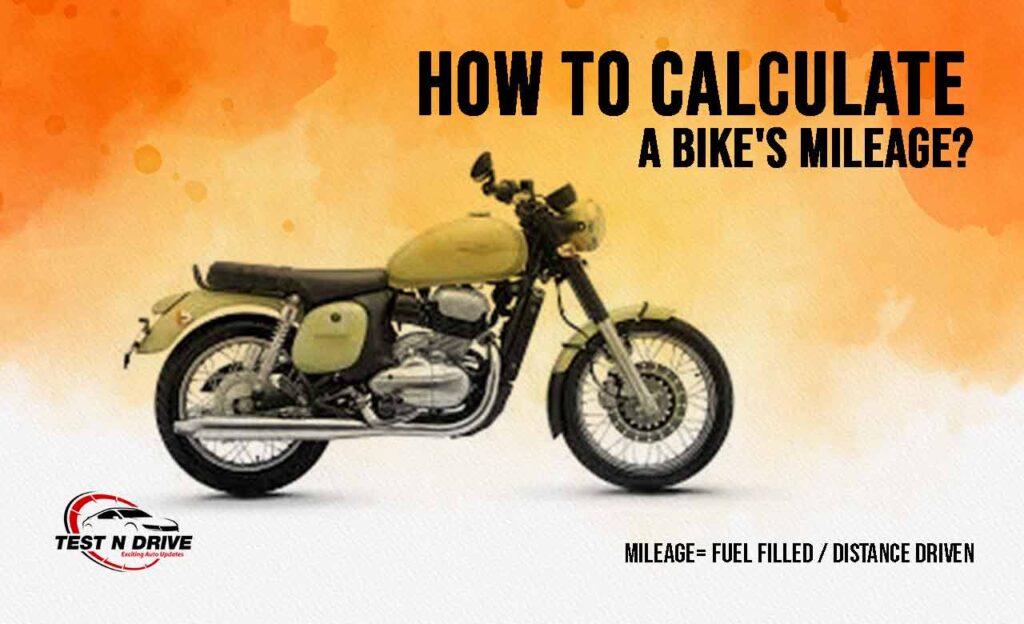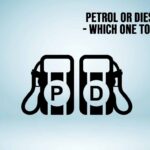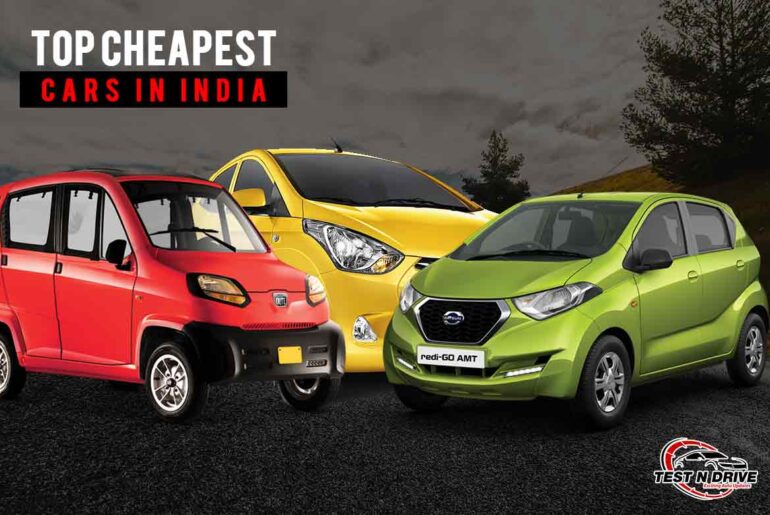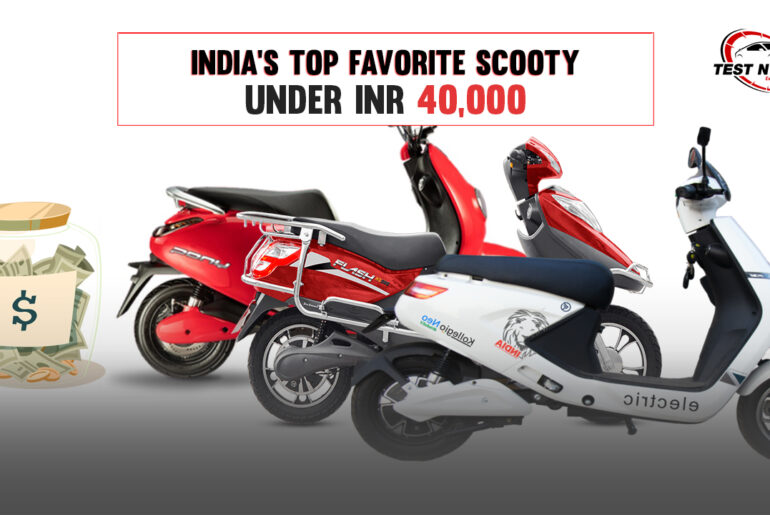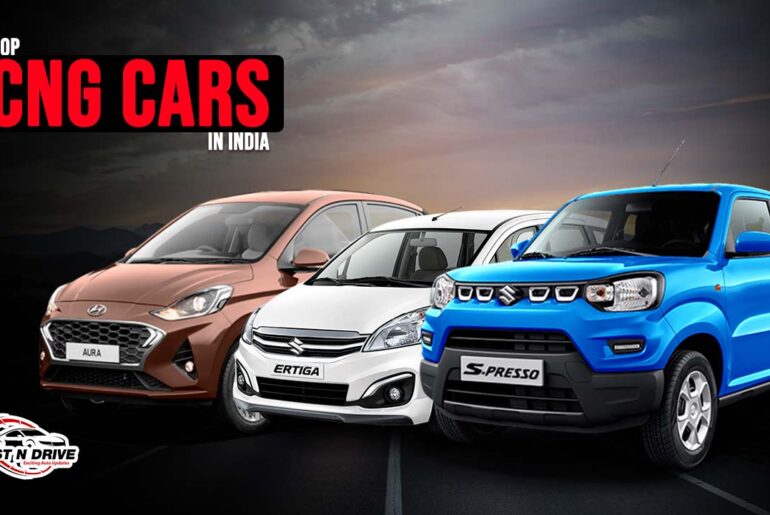Our country’s grim reality is that fuel pieces constantly rise and hardly turn the other way. Therefore, every potential buyer considers the amount of mileage a vehicle can provide before making the final deal. The same can be said of the bike and car owners as well because mileage is constantly in their minds before commuting or setting out for rather long journeys. So it is a smart move to know what your vehicle can deliver in terms of mileage or whether it is fuel-efficient or not. How to calculate the mileage of a bike is thus an often searched phrase on the internet.
Before we arrive at the workings of how to calculate the mileage of the bike, let’s make a few terms clear. Mileage is a word synonymous with “fuel economy” and “average.” In India, petrol/diesel is measured in liters instead of gallons as in Western countries. And whenever we have to assess the speed or mileage of a vehicle, it is done in kilometers rather than miles.
How to Calculate Mileage of Bike?
The formula of how to calculate bike average is pretty basic and easy to remember. Yet, some people tend to give the internet a search that quickly shows among results. The formula to calculate mileage in kilometers is –
Distance traveled in kilometers divided by the amount of fuel consumed in liters (both kilometers and liters are Indian units of measuring a vehicle’s mileage).
For instance, if one travels a total of 200 kilometers in 5 liters of fuel, the bike’s fuel economy is 200 divided by 5, which equals 40 kmpl.
To better understand how to check the mileage of a bike, we will now further discuss the 3 distinct ways to calculate a bike’s fuel efficiency accurately.
1. Full tank method
An old & reliable way of how to calculate the mileage of a bike is the full tank method. Now that we know the basic formula of calculating a vehicle’s mileage, let’s elaborate on that further.
First, fill the fuel tank to its brim and make sure the trip meter (analog/digital) is set to “0”. Now drive onwards to at least 100 kilometers. After that, refill the tank again to read the bike’s fuel economy properly. Remember to fill the fuel tank to its verge the second time as well. When repeated around 3-4 times, the same activity can give an accurate reading of the bike’s fuel efficiency. However, this method has a margin of error since one cannot be sure if the fuel tank is really full or not; it leaves scope for incorrect reading of mileage.
2. Reserve Method
Another verified way of how to calculate the mileage of a bike is the reserve filling method. It is easy to estimate and requires very little attention on the part of the rider. The bike’s reserve switch is the trigger here. At the point when the bike reaches its reserve position, reset the trip meter (the number “0” will show upon doing so), or you can also mark the odometer at its present state.
For instance, let us assume that the odometer reads 550 km upon reaching the reserve point. At this juncture, you fill the tank with precisely 1 liter of petrol and start driving again. The second, when the bike arrives at its reserve position, both the odometer and trip are showing different numbers than before. What the trip meter says is your bike’s accurate mileage output. As for the odometer, let’s say it is now showing 600 km. Now do a little mental math (600 minus 550 is 50 km), and Voila! Thus proven, the bike’s mileage is 50 kmpl.
This method, too, takes 2-3 attempts before arriving at an exact result.
3. Bottle Method
Among the methods of how to calculate the mileage of a bike, this one has the least scope for erroneous results. But as a drawback, the bottle method is not possible on every bike after the implementation of BS6 norms and the absence of carburetors in certain bikes.
Before trying out this method to calculate your bike’s fuel output, the first thing you need is a dealership-bought 1-liter bottle. Fill the bottle with petrol and attach the tube to the carburetor inlet. Before taking off, make sure the trip meter is at “0”. Now drive till all of the fuel in the bottle finishes and take the reading on the trip-meter upon stopping. The number shown on the trip meter is the precise mileage of your bike.
Measures for keeping a steady mileage output or fuel economy
Regular servicing will make sure your bike is running at its optimal potency. After every thousand kilometers, a quick trip to the authorized service center will only do good for you and your bike.
Check your tire pressures frequently and make sure they have enough air among them because the lack might cause additional drainage of fuel.
Before owning a bike, know about it as much as you can, not only the numbers. Having sound knowledge about carburetors will ensure your bike does not break down mid-way and, additionally, given maximum performance. Fine-tune it as per your upcoming ride.
A common practice and yet often forgotten – always fill your tank with a petrol pump. Although exception in repairing, the garages do not always provide unblemished fuel when asked.
Drive sensibly. Never churn out too much throttle from a lower cc bike, and sudden brakes can also damage the clutch-gear function. Additionally, revving while keeping at a standstill is a definite no-go.
Now that almost every bike comes with a self-start button, it is better to stop the engine completely when stuck at a traffic signal. It not only saves fuel but shows your appreciation for a healthy environment.
Always park your bike under a shade or in a garage. Avoid parking in direct sunlight; because petrol is a liquid that evaporates under constant sunlight.
Fuel economy certifiers
Although this varies per country, all verified certifiers consider the emission norms before giving a clean chit to the examined vehicle. In our country, the responsibility of taking a fuel efficiency test falls on the shoulders of ARAI (Automotive Research Association of India). The ARAI procedures are further helped by IDC (Indian Driving Cycle), which ensures the tested vehicle faces a simulated Indian road of about 10 kilometers. However, it should be mentioned that cars or bikes in real-world scenarios often deliver a little less (at least 10%) than the evaluation.
India is one of the largest consumers of two-wheelers. Here the distribution and mass acceptance of electric vehicles are still in their chrysalis phase. Mileage will be crucial until the day arrives to fully implement the EV culture and go for the greener option. With these suggestions and a few cautions, this article on how to calculate the mileage of bikes comes to a close.

